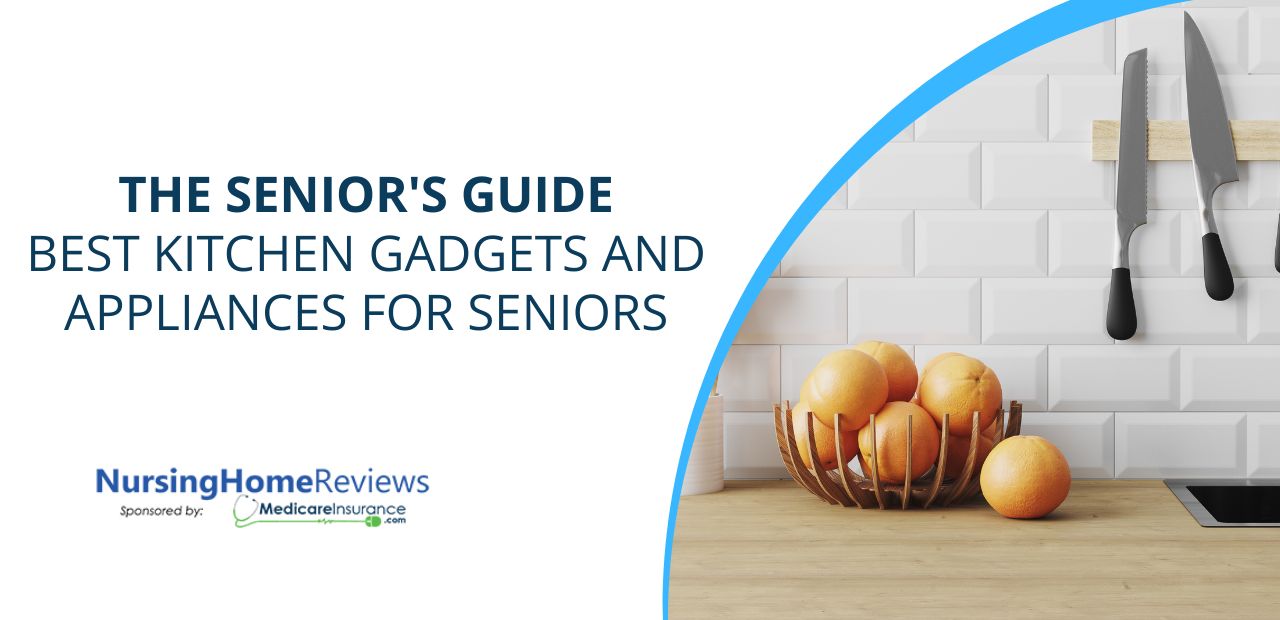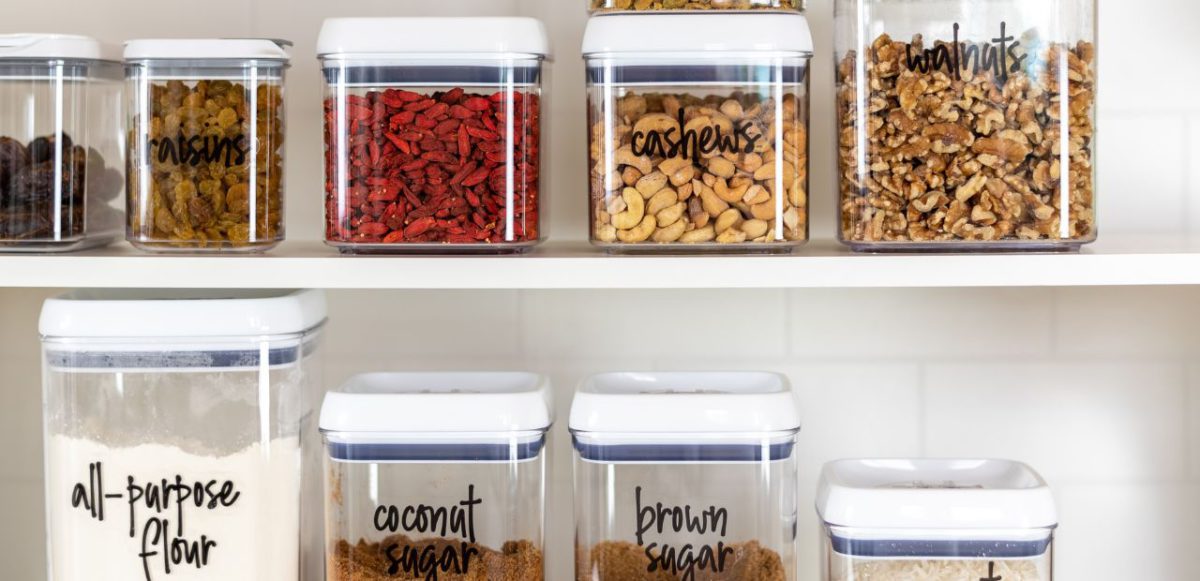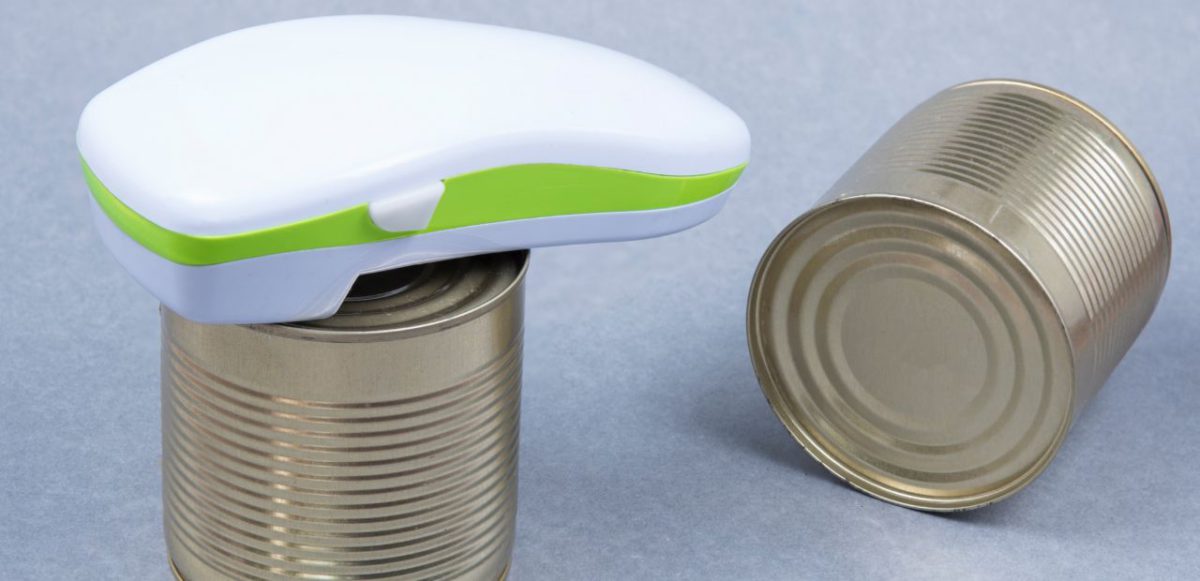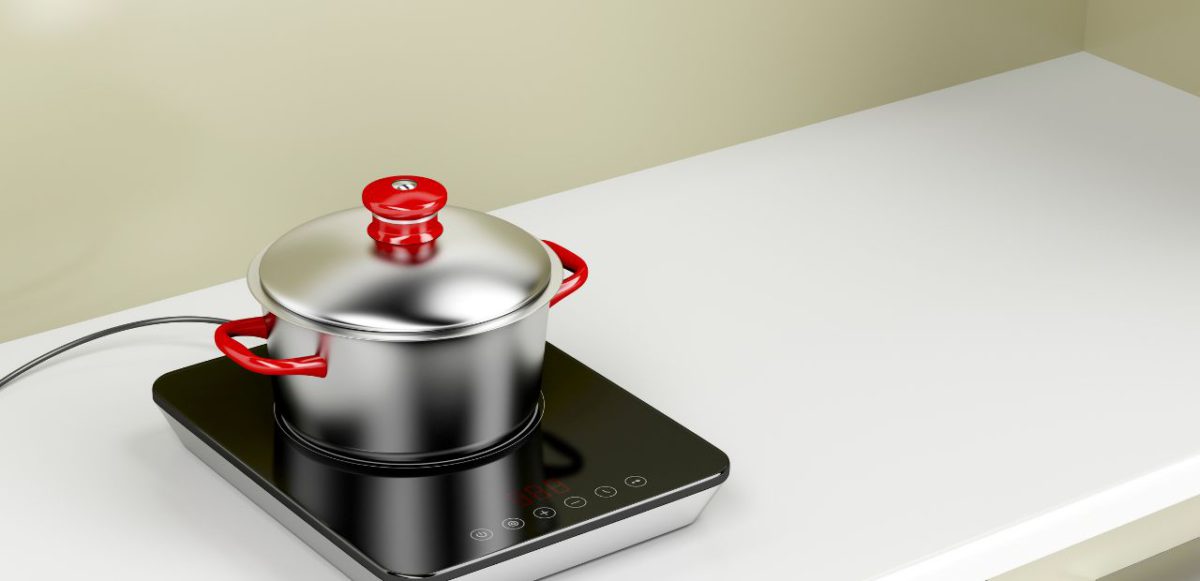
Let’s Get Cooking
When you look up lists of the most useful kitchen gadgets, you often find things like bamboo cutting boards, rice cooker, cappuccino makers, novelty toasters, and air fryers. So many air fryers. However, what makes for a good segment on America’s Test Kitchen doesn’t necessarily work for senior living.
Let’s face it, seniors have different needs. Cooking is a great way to stay healthy and maintain a sense of independence, but various health conditions can make traditional methods difficult or dangerous. Arthritis can make using knives a hassle, and cognitive issues can make things like stovetops and ovens into fire hazards. Even the very design of your kitchen can lead to issues if you’re not careful.
In this edition of The Senior’s Guide, we’ll go over the best kitchen tools for the aging chef, with a focus on accessibility, independence, and practicality. From simple utensils to full appliances, here are some of the best kitchen tools for seniors.
Getting Organized

Do you know where everything in your kitchen is? Often, things end up on awkward shelves or shoved to the back of a fridge and forgotten about until they become their own ecosystem. The most well-stocked kitchen on the planet isn’t worth a thing if you can’t access your tools and ingredients.
Try arranging as many of your supplies at countertop level as possible, so you don’t need to crouch down or use step stools to reach tools and ingredients. Don’t go overboard with this; you still want to have a workspace!
Consider investing in transparent containers. These handy and easy storage units can help you be aware of precisely what you have on hand, as well as when you need to restock. Fridges are a bit trickier in this regard: if you don’t want to invest in a smart fridge, consider getting a refrigerator camera: these devices can sense what is inside your fridge, and even update your shopping list when you run low on supplies.
The Accessible Kitchen

A lot of people mock those infomercials showing people struggling with everyday tasks like putting on a blanket, but a lot of those “As Seen on TV” devices have legitimate use as accessibility tools. Kitchen gadgets for seniors are no exception: while professional chefs may deride them as ‘unitaskers’, they can be game changers for seniors suffering from mobility issues, cognitive decline, or other health problems that make cooking difficult.
One common theme in accessibility is motor skill. There is a lot of motor skill that goes into cooking: you need a strong grip to open cans and jars, a steady hand to properly use a knife and other utensils like a spatula, and you need to perform repetitive and sometimes complicated movements in order to properly prepare the food. For seniors with arthritis, some of these tasks just aren’t possible. That’s why many accessibility tools remove motor skill from the equation entirely.
You’ll probably find a lot of slicers, choppers, and processors on the market, often with very narrow uses. When buying one of these devices, consider the following:
- What are you planning on using it for? Many of these devices are limited to only a few forms of cutting and slicing, so you’ll need one to match your use case. For instance, you shouldn’t invest in a spiralizer unless you’re planning on cutting zucchini and cucumber into spirals.
- How many uses does this device have? You can find multi-purpose food choppers that contain mandolin-style slicers, graters, and blades designed for dicing. These can save money and space, if they’re properly made and maintained.
- How convenient is this device? That banana slicer may look a bit silly, but if you eat a lot of bananas, it might be worth it. Conversely, if a device requires an extensive cleaning process, or produces sub-par slices, you might want to skip it.
- Can I use this device safely? Many of these devices keep the blade behind guards to protect you from cuts, but not all do.
To avoid complex or difficult movements, try to find devices that simplify the movement, or perform them for you. Common examples include automatic can and jar openers, pot stirrers, and automatic food choppers.
Grip is another common issue in kitchens. Consider installing grip pads on the refrigerator door, as well as on any drawer handles. Kitchen utensils with grips are also fairly common, and some may also double as tongs to make handling food less of an ordeal.
One area that is often overlooked while cooking is the cognitive and sensory labor involved. There is a lot of measuring, reading, and general thinking that goes into cooking. Whether you have failing eyesight or are concerned about cognitive decline. Taking measures to address these obstacles can make cooking far easier.
When shopping for small appliances, look for ones with clearly labeled buttons, preferably of a larger size. Here’s an example: many microwave ovens double as kitchen timers, so make sure that the button to start timer mode can’t be confused with the button to start cooking. This can prevent you from accidentally leaving food in an inactive microwave, or worse, leaving the microwave running while empty.
Adding labels is also wise. You can buy dry erase labels at most big box stores, and apply them to containers as needed. If you want to be a bit fancier, consider getting chalkboard paint or stickers and using those on cabinets and drawers.
Kitchen Safety

Between slipping hazards, sharp objects, and the risk of fire, the kitchen can be pretty dangerous. That’s why a lot of kitchen gadgets are focused on safety.
One of the easiest changes you can make to a kitchen is adding lighting, either by installing under-cabinet lighting or by changing your bulbs to more efficient LEDs. Visibility helps you spot misplaced food or tools and generally makes cooking a lot safer and easier.
Due to the risk of spills, falling in the kitchen is unfortunately common. Consider installing grab bars, non-slip mats, and other fall prevention tools, and make sure you have an alert system or other form of support available nearby. Be sure to replace any appliances that leak or spill, so as to avoid any accidents.
While gas cookers have a lot of value for specific dishes, they’re a bad idea for seniors with cognitive issues, as forgetting to shut off the gas can lead to a dangerous leak and potential explosion hazard. Electric stovetops are better, but try to find an induction cooker if possible. They’re available as stovetops and standalone devices. These devices only heat up when appropriate cookware is used, so the risk of leaving one on and starting a fire is greatly reduced. However, the need for special cookware and utensils makes them an investment, and you definitely won’t be able to use your favorite cast iron with them.
Speaking of cooking, try to find small appliances that are cool to the touch, and automatically shut off or switch to a “keep warm” mode when the food is done. Many multi-function pressure cookers have these features, though be mindful of any steam release valves.
If you’re still using knives, consider getting protective gloves. These armored gloves protect you from accidental cuts, though they won’t take the place of oven mitts for handling hot pots and pans. Speaking of burns, consider installing protective bumpers and grips on potentially hot surfaces, like the edge of oven racks or the handles of pots and pans.
If your current kitchen isn’t the most accessible, it might be time to move. We can help you explore assisted living and nursing home facilities around the country, with resident reviews, official ratings, and detailed violation records available to help you make an informed choice. Enter your zip code, or download our app on iOS or Android to begin your search today.





